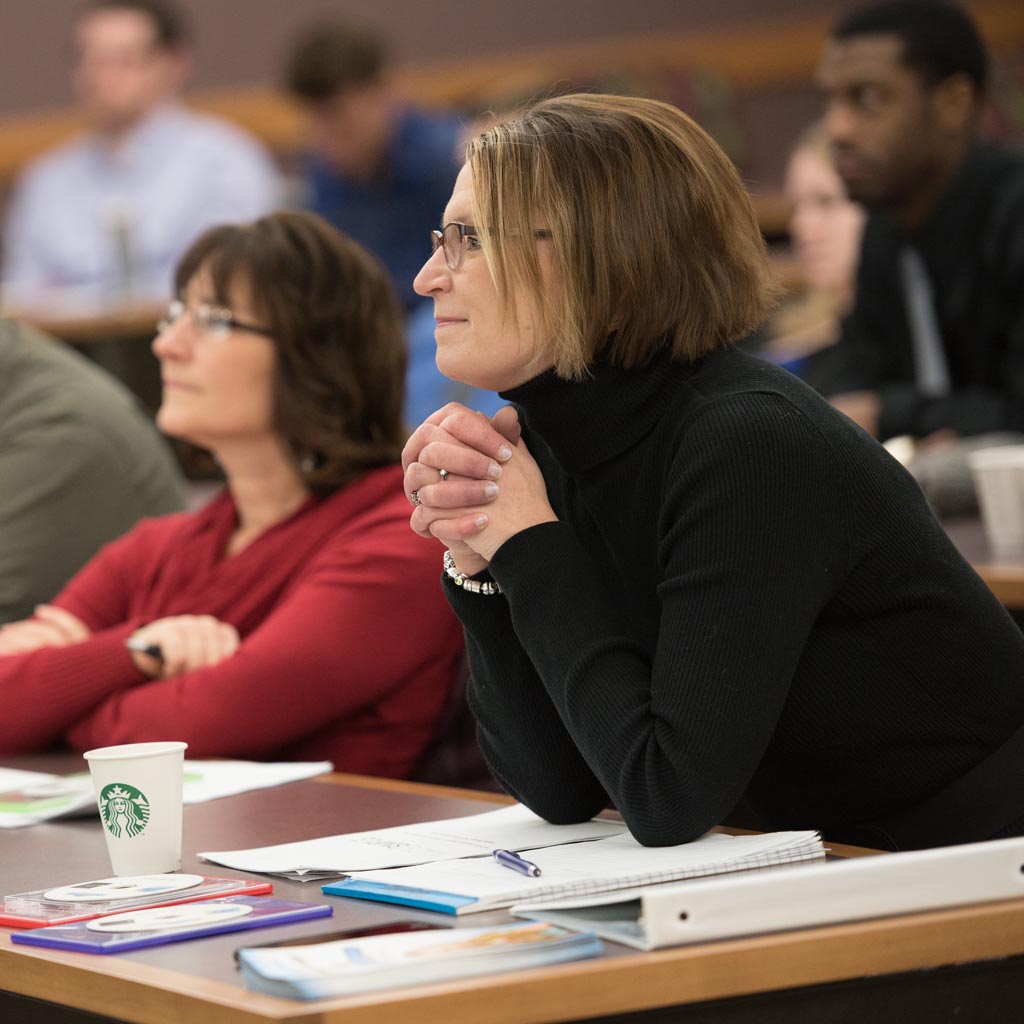Professionals have many reasons for going back to school, mostly centered on career goals and increased earning potential prospects. I spent four years taking evening courses to earn my Masters of Business Administration (MBA) degree for a different reason. I wanted to teach as an adjunct professor, for little pay, a substantial investment in time and the opportunity to realize substantial intrinsic benefits. Crazy ideas for someone in her late twenties!
When you teach as an adjunct professor, you are considered a limited-term employee. You receive no benefits or assurance you’ll be asked to teach again. Students evaluate you the same as they do other professors by completing an assessment of you in their Opinion Surveys. A faculty member from the department you represent usually conducts a formal evaluation as well. Adjuncts are evaluated the same as any other faculty member, which means you better be ready for critique and honest feedback.
After fourteen years as an adjunct professor, my memory box is getting pretty full. That’s why this article really has a dual purpose: to encourage others to be interested in teaching in higher education and to chronicle some of the events in my teaching career. Thank you for allowing me to do the latter.
Using an Action Plan to Keep Classes Organized
As with many things in life, people naturally reflect on the first time they did something new. My first course was Introduction to Marketing, held on Thursday evenings in the spring of 2002. I was working full-time leading a client services team at an ad agency and was six months newly married. I was excited and nervous about teaching, especially since I had no formal training and each class was three hours long!
The first thing I needed to tackle was how to organize an evening course. I ran each class like a meeting with an agenda, a carry-over from the business world. It worked well. Each class started with a “Hall of Fame or Shame” segment to discuss current marketing campaigns, a welcome ice-breaker to engage and focus on learning. Looking back, I’m glad I started each class with a discussion of current campaigns. It reinforced to students that their opinions mattered and demonstrated to them that I truly had a passion for keeping current in the field.
Student Roadmap Planning and Benchmarking
The second thing I needed to tackle in my course format was building in mechanisms for continuous feedback from my students. On the first day of the semester, I had the students fill out student biography cards, describing their objectives for the course. Mid-way through the semester, I had the, revisit their bios and their objectives, as well as provide feedback on what they liked and did not like about the course. Finally, I gave their bios back to them one last time at the end of the semester and asked them to provide me their key takeaway from what the learned.
I also required students to complete a Personal Marketing Plan, which helped them develop a road map for their futures. After the first exam, I had students share their study tips with the class. Both activities were well-received and I always noticed students improving on their second exams. There were also students who decided to switch their majors to marketing as a result of completing their Personal Marketing Plan!
Looking Towards the Future with Journalism Students
Fast forward fourteen years and I find myself preparing to teach for the thirteenth time at UW – Oshkosh. It will be my sixth time as an adjunct professor for Strategic Campaigns in Advertising, a capstone course for journalism students. We’ll be preparing an integrated campaign for a real client, Snapple, and competing with students from other District 8 schools in the National Student Advertising Competition. Currently, I’m helping the students learn how to define marketing strategy. My students will be evaluating what’s important today: proximity marketing, native advertising, IoT, turning influencers into brand advocates, just to name a few. My role for the course, as it always has been, is to be an advisor. Allow the students to run while teaching them about the importance of solid marketing structure.
I’ve emailed the students asking if they wanted to do the on-site or virtual competition, establishing at the onset that their opinions matter. So far, most students have indicated a preference to have the full competition experience and presenting their campaigns in-person. That’s tells me they are willing to work hard and are invested in being successful in the course. I’m looking forward to creating new memories, helping students refine their road maps for their futures and expanding my experiences with the incoming generation of marketing professionals.




Leave a Comment >>